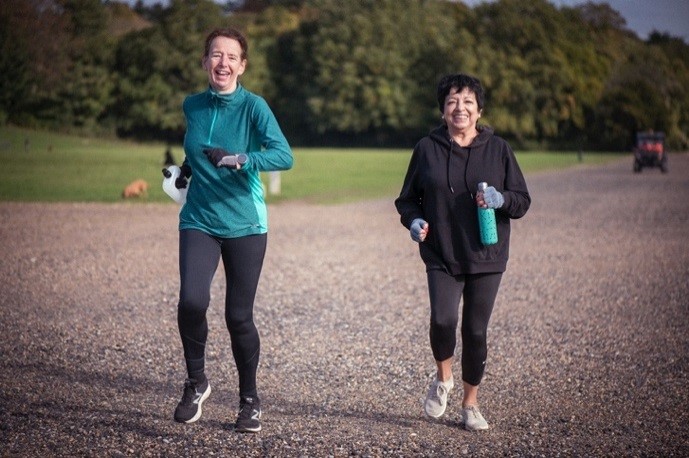When using language in our blogs, it is important to us that we avoid generalisations of ageing populations. This is in accordance with advice from the World Health Organization in avoiding ageism in communication – we want everybody who reads our blog to feel represented by content that is targeted towards them. Language can have a large impact on how people react to and engage with content. In the case of the CCGAP blog, we want to ensure that information remains neutral and useful by avoiding euphemisms and boundaries when referring to populations of people.

We also aim to carefully choose images for our blog as this can have a large impact on how a reader perceives and engages with information. Choosing images correctly is important as readers will often decide whether information is relevant to them or not depending on what experience and emotion the images display. At the CCGAP, we will be following best practice by selecting images that are appropriate and representative of the topic being spoken about. Diversity in subjects of images is vital in order to engage an audience and allow people to feel represented by what they are seeing. Representing Cochrane and Campbell, it is important that readers feel as though, through the use of images, they can trust our writers and therefore, these organisations. Only inherently relevant images will be selected, and these will be checked before publication to ensure they do not misrepresent or stigmatise populations and scientific practice. In the context of our blog, these guidelines will be imposed as to not contribute to the stigma surrounding ageing and are instead aiming to educate a wide range of people on age-related matters with the hope to reduce ageism in scientific communication.

We hope that our language and image choice in subsequent blog posts leaves our readers feeling educated in the theme being spoken about, represented in the context of this theme and confident that they can trust the source from which they are reading.
With these specific aims in mind, we have developed a template for all subsequent blog posts to follow. This should reduce variation in writer style and contribute to our overarching aim of communicating ageing-related research compassionately.
References -
- https://uk.cochrane.org/choosing-images-sharing-evidence-guide
- https://www.thelancet.com/journals/lancet/article/PIIS0140-6736(21)00524-9/fulltext?utm_campaign=comment21&utm_content=158810694&utm_medium=social&utm_source=twitter&hss_channel=tw-27013292
IMAGES – All images sourced from the free age positive image library of the Centre for Better Ageing. All images are published under the CC01.0 Universal licence, entered into the public domain.
BSc Medical Sciences student
University of Exeter
If you have any comments regarding this blog post, please contact us at globalageing@cochrane.org. We would love to hear your thoughts and answer any questions you may have.
Web editor: Monserrat Conde
